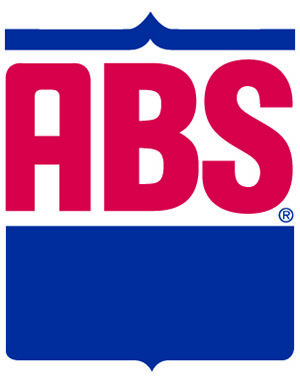The results are quite interesting and support the assertion that activity-based heat detection systems are the way of the future.
Let’s start by acknowledging that timed A.I. (TAI) protocols can work very well when compliance levels are high.

More and more, producers are becoming reticent to rely so heavily on them, however, in the knowledge that a consumer backlash is imminent.
TAI as a therapeutic means by which to deal with anovular cows and silent heats is just a good management strategy, but using it broad-spectrum as a means by which to eliminate the need for heat detection is less defensible.
Still, use of activity-based systems to replace or at least augment observed heat detection requires a leap of faith that the technology can be relied upon.
Almost universally, our experience is that pregnancy rates improve after adoption. This type of anecdotal evidence supporting favourable results is well and good, but published, independent, at-arms-length research findings are better.
Rafael Neves’ project worked with three Ontario-based freestall herds and included 1,985 cow periods from 1,427 animals in a 16-month period from September 2009 to January 2011. More than 6,000 21-day cow periods were used to evaluate pregnancy risk.
Each herd remained on the trial for one year. Each of the three herds was using a TAI protocol and had Heatime installed for the activity-based portion of the trial.
Cows were assigned at pen level to either activity or TAI. Activity cows were bred off of activity while the TAI herds were enrolled in the herd’s normal TAI programs (Presynch/OvSynch, OvSynch and Co-Synch).
The results of this study indicate that activity-based heat detection will work equally well and at times even better than TAI protocols.
Two of the three herds showed gains on conception rates, with lower days to pregnancy and lower days to first service and from first to second service.
This study wasn’t about proving that TAI programs are less effective. Clearly a well-run TAI system with high compliance rates gets cows pregnant – however, with a considerable extra labour requirement and significant drug cost.
Activity systems can be shown to be an economical alternative that gets cows pregnant in a timely manner and without the high reliance on hormone injections consumers find objectionable. PD









